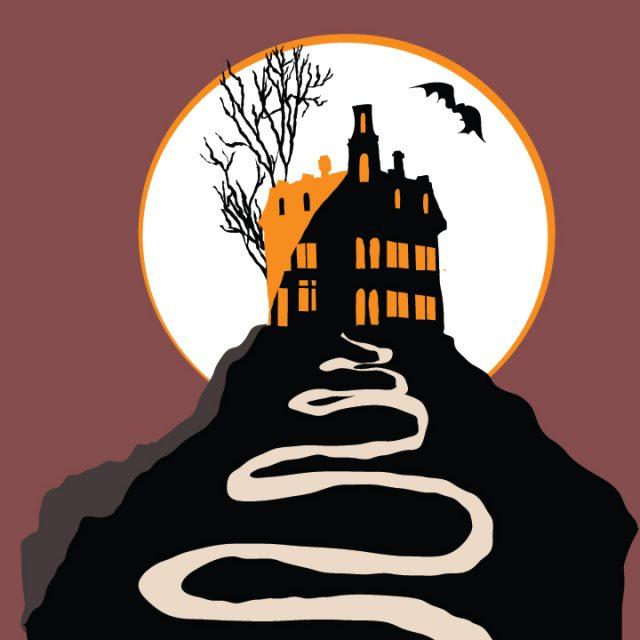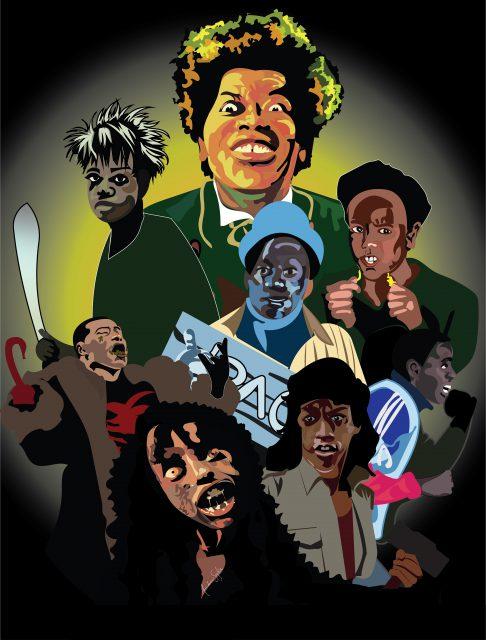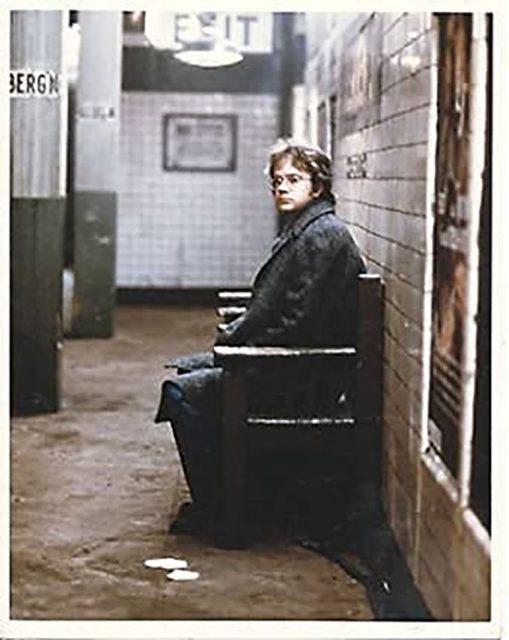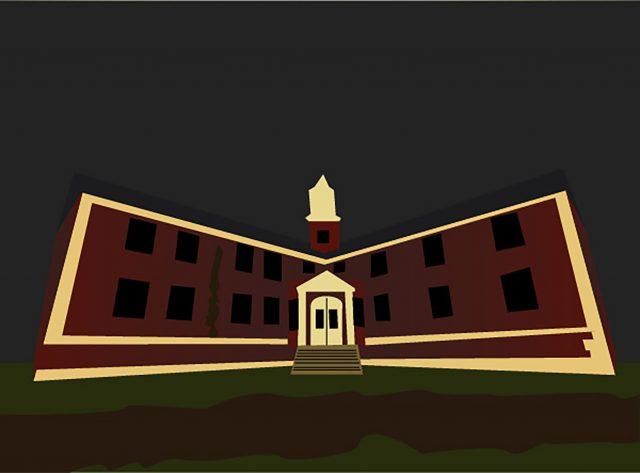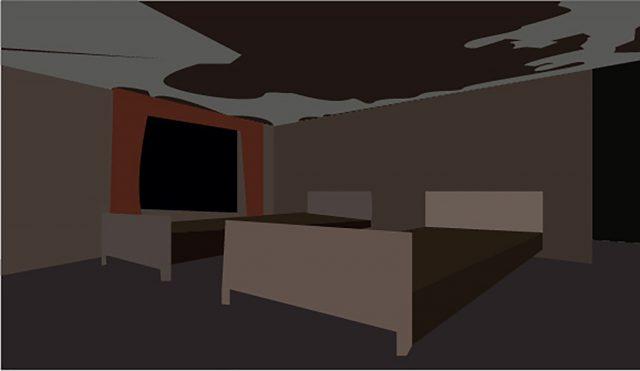Jose Romero
campus editor

Horror films nowadays seem as if they follow a distinct style, but how did it get there?
In 1888, film was created, and all it took was eight years for a French director to try his hand with horror. George Méliès, who would also go on to create the first science fiction film, was the writer/director of the 1896 horror film, “The Haunted Castle.”
According to film historians, “The Haunted Castle” is the first horror film. In Christopher Ripley’s book, “Universal Monsters: Origins,” Ripley details audiences’ reactions at the time.
“If Méliès was shooting for terror, he fell short of the mark,” Ripley wrote. “Initially, the film was amusing to its audience, rather than terror-inducing.”
The technology wasn’t quite there yet to horrify an audience, but that wasn’t going to hold Germany back.
One of the first German horror films to kick off this era of change was Paul Wegener’s “The Golem: How He Came into the World” in 1920. The film’s setting and directorial style would slowly start seeping into other horror films of that time. Its gothic setting would be mirrored by “Nosferatu: A Symphony of Horror” in 1922.
Not only was “Nosferatu” revolutionary in the sense that it assisted in molding the horror genre, but the film was also the first to feature a supernatural vampire character.
1931 introduced one of the most iconic horror movies of all time. “Frankenstein,” directed by James Whale, was the seventh highest-grossing film that year. Its success would lead to the popularization of horror movies, which resulted in Universal pushing out a ton of films in the genre such as: “The Mummy” (1932), “The Invisible Man” (1933) and “Werewolf of London” (1935) to name a few. Also, the first zombie film came out in 1932, “White Zombie” directed by Victor Halperin.
The 1930s weren’t just about monster films. In 1934, one of the first psychological horror films graced the silver screen. Edgar G. Ulmer’s “The Black Cat” was an introduction to the highly popular subgenre, but it didn’t have the same box office power monster flicks did.
The 1940s and 50s demonstrated this with even more monster classics like, “The Wolf Man” (1941), “Creature of the Black Lagoon” (1954) and “Invasion of the Body Snatchers” (1956).
The subgenre of “body horror” was introduced to audiences in the ‘50s. “The Blob” and “The Fly” in 1958 both used cutting-edge special effects to stun audiences with body mutilation and disgusting creature effects.
The 1960s were without a doubt a gigantic decade for horror. George Romero shocked audiences with “Night of the Living Dead” furthering the trend of grossing moviegoers out.
But the decade cannot be discussed without talking about Alfred Hitchcock. “Psycho” (1960) was met with critical acclaim left and right. In a review from June 17, 1960, Jack Harrison said this about the film.
“Paramount won’t let anyone enter theatres where Psycho is playing after the picture starts,” Harrison wrote. “No one will want to leave before it is over.”
Three years after Psycho, Hitchcock released another horror film, “The Birds,” which became another classic.
In 1971 with “Bay of Blood” directed by Mario Bava, the slasher genre was born. Then, 1974 popularized the subgenre with “Texas Chainsaw Massacre” and “Black Christmas.” “Texas Chainsaw Massacre” horrified audiences with its main antagonist, Leatherface, who quickly became a horror icon.
In 1978, Michael Meyers joined him. “Halloween,” directed by John Carpenter, was another home run for horror, becoming the seventh highest-grossing film of that year. “The Exorcist”, “Alien” and “Jaws” all brought some new life to the genre. It’s also worth mentioning that “Carrie”
(1976) gave us the first jump scare. Thanks, Carrie. Horror films in the 1980s had iconography out the wazoo: “The Shining” (1980), “Gremlins” (1984), “Poltergeist” (1982), “The Thing” (1982), “The Evil Dead” (1981) and “Child’s Play” (1988).
With that said, two films stood out.
“Friday the 13th” (1980), directed by Sean S. Cunningham, made the final step to ensure that slashers weren’t going anywhere. The contributing factor that solidified the franchise’s standing was “Friday the 13th Part 2” in ‘81 with its introduction to Jason Vorhees. Jason Vorhees’ towering physique and hockey mask made him memorable to audiences worldwide.
Just like Jason, Freddy Krueger took his spot on the wall of killers as well. Wes Craven’s “Nightmare on Elm Street” (1984) gave fear to the concept of sleep and brought along Freddy to spook viewers for years to come.
During the ‘90s, horror was comfortable with itself so the decade was filled with slashers and sequels.
Heading into the 21st century, the trend was consistent. Horror got bloodier and gorier along with having similar protagonist archetypes. But with directors like Jordan Peele and Ari Aster, horror is seeing a resurgence in popularity and fresh new takes on the genre. It’s interesting to look back at how quickly horror changes. It seems as if every decade a major introduction shifts the genre into a new direction.






























